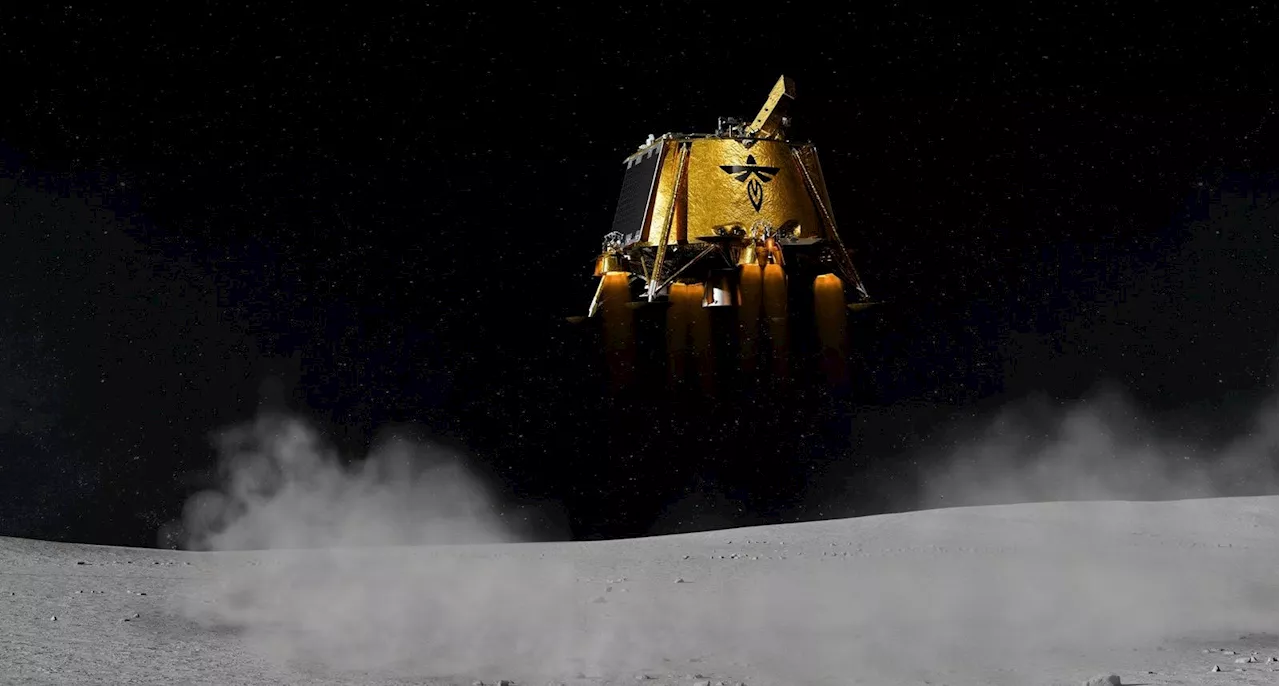What does a solar eclipse look like from the moon? The NASA-supported ‘Blue Ghost’ spaceship will find out on March 29 — if it lands safely.
What does a total lunar eclipse look like from the moon? A NASA -supported spaceship could be about to find out if it's successful in landing on the moon in March 2025.
While there, the “Blue Ghost” lander—which will launch this coming week from Florida—will also investigate a mysterious glow seen on the moon by Apollo astronauts but never fully explained.During a lunar eclipse—which is next due on March 13/14, 2025—the Earth is precisely between the sun and a full moon. The Earth projects its shadow onto the lunar surface, and the only sunlight that gets to the lunar surface is filtered by Earth’s atmosphere, so it looks reddish like a sunset.
From the moon’s night side, facing Earth during a full moon, a 360-degree camera on Blue Ghost on the lunar surface will be used to image a halo of light around the Earth. “On Earth, we’d be looking at a lunar eclipse where the moon gets shadowed out, and on the moon, we’ll see a solar eclipse where the Earth blocks the sun,” said a spokesperson at Firefly Aerospace, in an email. “That’s what we aim to capture with Firefly’s Blue Ghost lander.”This moon lander is not from NASA but from a commercial U.S. company called Firefly Aerospace.
This will be Firefly Aerospace's first mission to the moon, though it will only be able to perform science for one lunar day — equivalent to 14 Earth days. It is designed to have a big enough battery to enable it to image sunset from the moon before beginning a dark, cold fortnight.. “We expect to capture a phenomenon seen and documented by Eugene Cernan during his final steps on Apollo 17 where he observed a horizon glow as the lunar dust levitated on the surface,” said Kim.
Solar Eclipse 2025 Next Eclipse When Is The Next Eclipse How To Photograph An Eclipse Lunar Eclipse Blue Ghost NASA Moon Artemis
United States Latest News, United States Headlines
Similar News:You can also read news stories similar to this one that we have collected from other news sources.
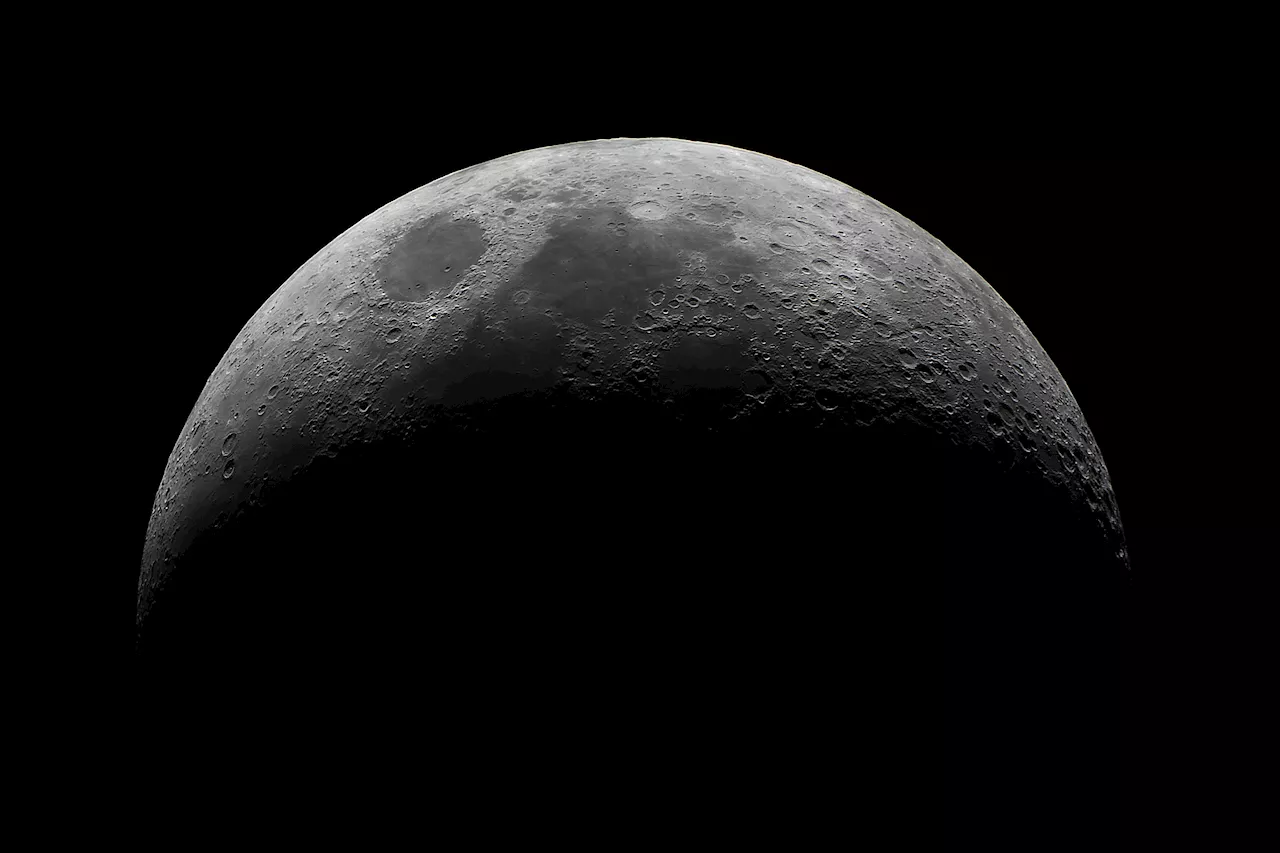 Rare 'Black Moon' to Appear This WeekA 'Black Moon', the inverse of a 'Blue Moon', is an astronomical event that will occur this week. A 'Black Moon' is defined as the second new moon within a calendar month or the third new moon in a season with four new moons. This month's 'Black Moon' falls under the former category and will occur on Monday night.
Rare 'Black Moon' to Appear This WeekA 'Black Moon', the inverse of a 'Blue Moon', is an astronomical event that will occur this week. A 'Black Moon' is defined as the second new moon within a calendar month or the third new moon in a season with four new moons. This month's 'Black Moon' falls under the former category and will occur on Monday night.
Read more »
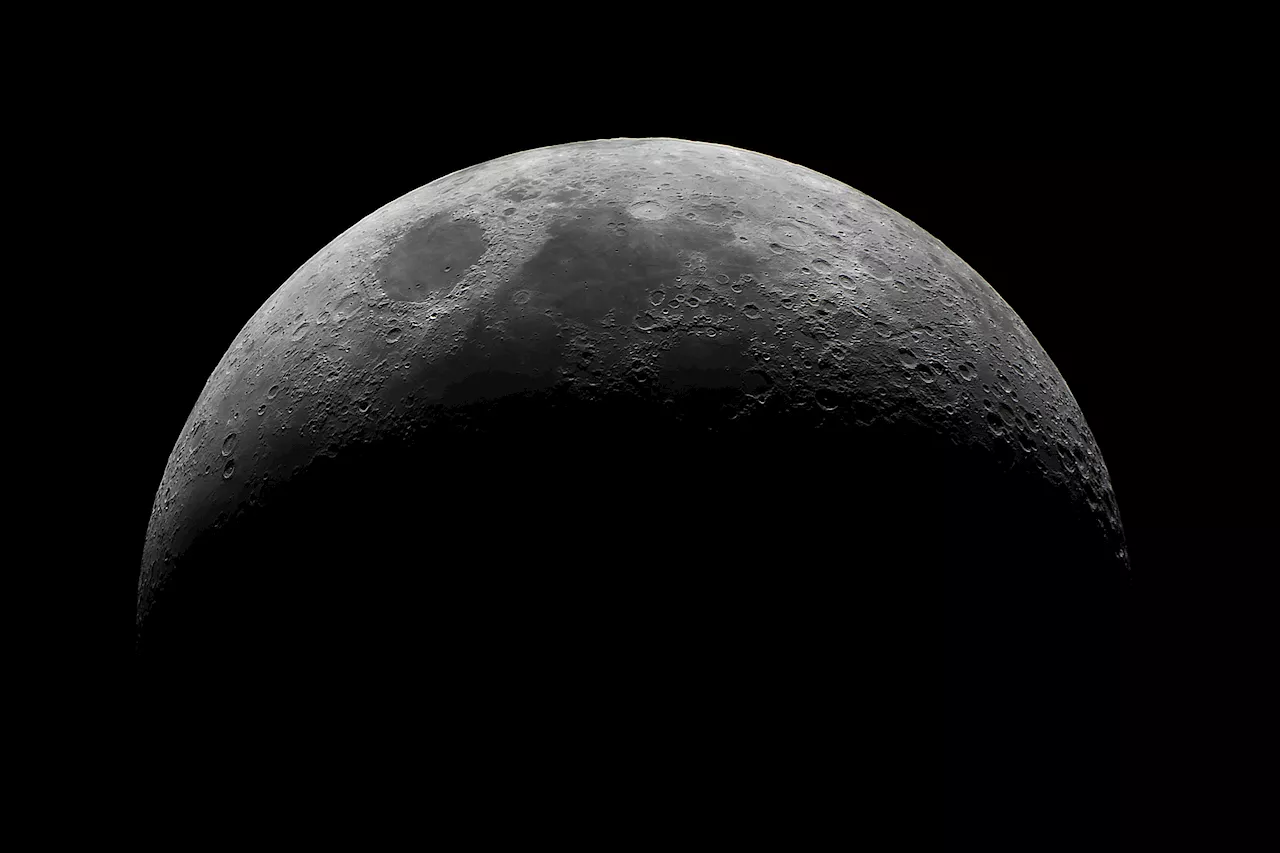 Black Moon to grace the night sky this weekWhile known as the 'Blue Moon', a 'Black Moon' is an equally rare astronomical event, defined as the second new moon within a calendar month or the third new moon in a season of four new moons. This week, a 'Black Moon' will occur on Monday night, following the first new moon of December.
Black Moon to grace the night sky this weekWhile known as the 'Blue Moon', a 'Black Moon' is an equally rare astronomical event, defined as the second new moon within a calendar month or the third new moon in a season of four new moons. This week, a 'Black Moon' will occur on Monday night, following the first new moon of December.
Read more »
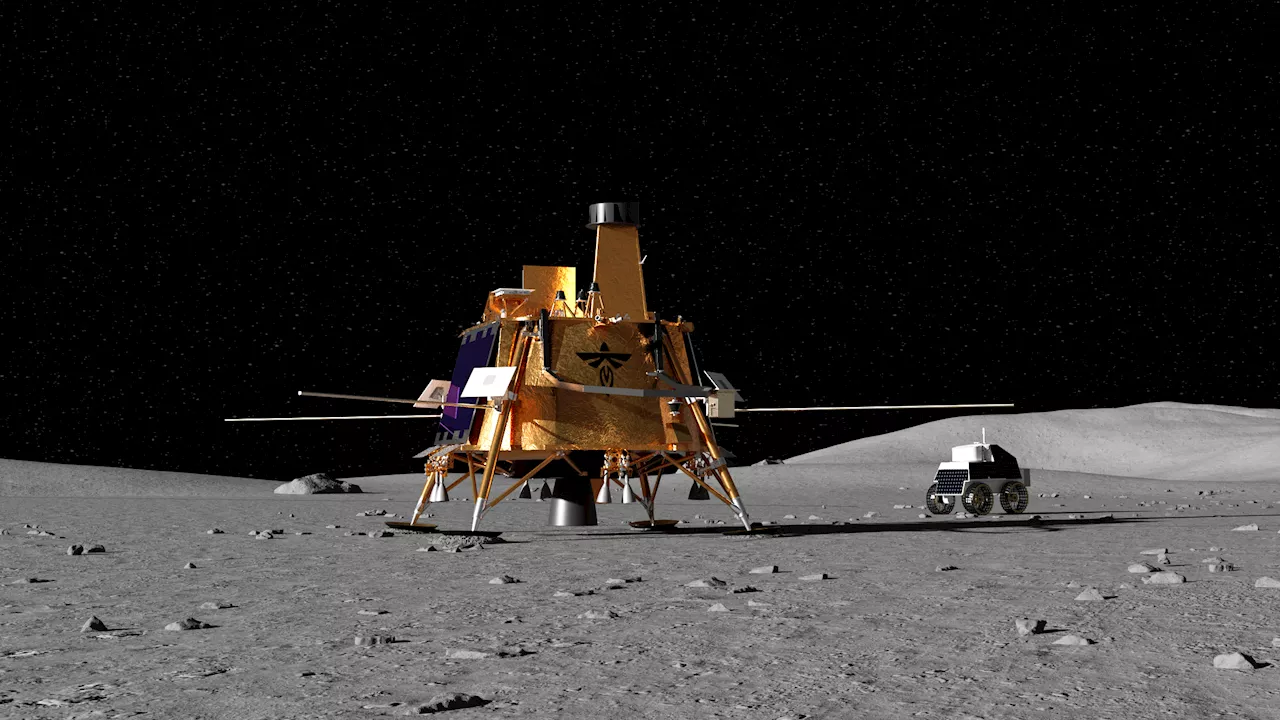 NASA Awards Firefly $179 Million for Sixth Moon MissionNASA has awarded Firefly Aerospace a $179 million contract to deliver six experiments to the Moon's Gruithuisen Domes region in 2028. This is part of NASA's Commercial Lunar Payload Services (CLPS) initiative, which aims to advance scientific understanding and prepare for future human lunar missions.
NASA Awards Firefly $179 Million for Sixth Moon MissionNASA has awarded Firefly Aerospace a $179 million contract to deliver six experiments to the Moon's Gruithuisen Domes region in 2028. This is part of NASA's Commercial Lunar Payload Services (CLPS) initiative, which aims to advance scientific understanding and prepare for future human lunar missions.
Read more »
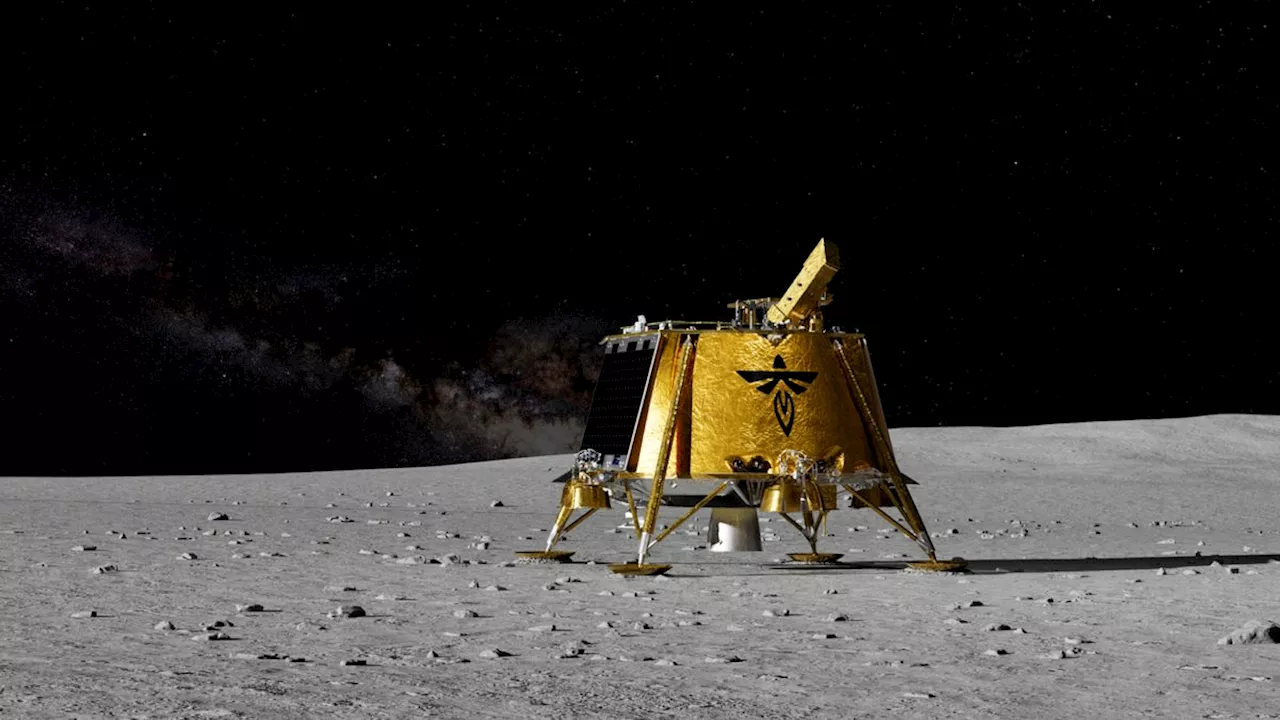 Firefly Aerospace Prepares for Historic Moon MissionFirefly Aerospace is gearing up for its inaugural mission to the moon, selected through NASA's Commercial Lunar Payload Services (CLPS) program. Set to launch in mid-January, the mission will carry a suite of NASA payloads, marking the largest number of NASA experiments delivered on a single CLPS task order.
Firefly Aerospace Prepares for Historic Moon MissionFirefly Aerospace is gearing up for its inaugural mission to the moon, selected through NASA's Commercial Lunar Payload Services (CLPS) program. Set to launch in mid-January, the mission will carry a suite of NASA payloads, marking the largest number of NASA experiments delivered on a single CLPS task order.
Read more »
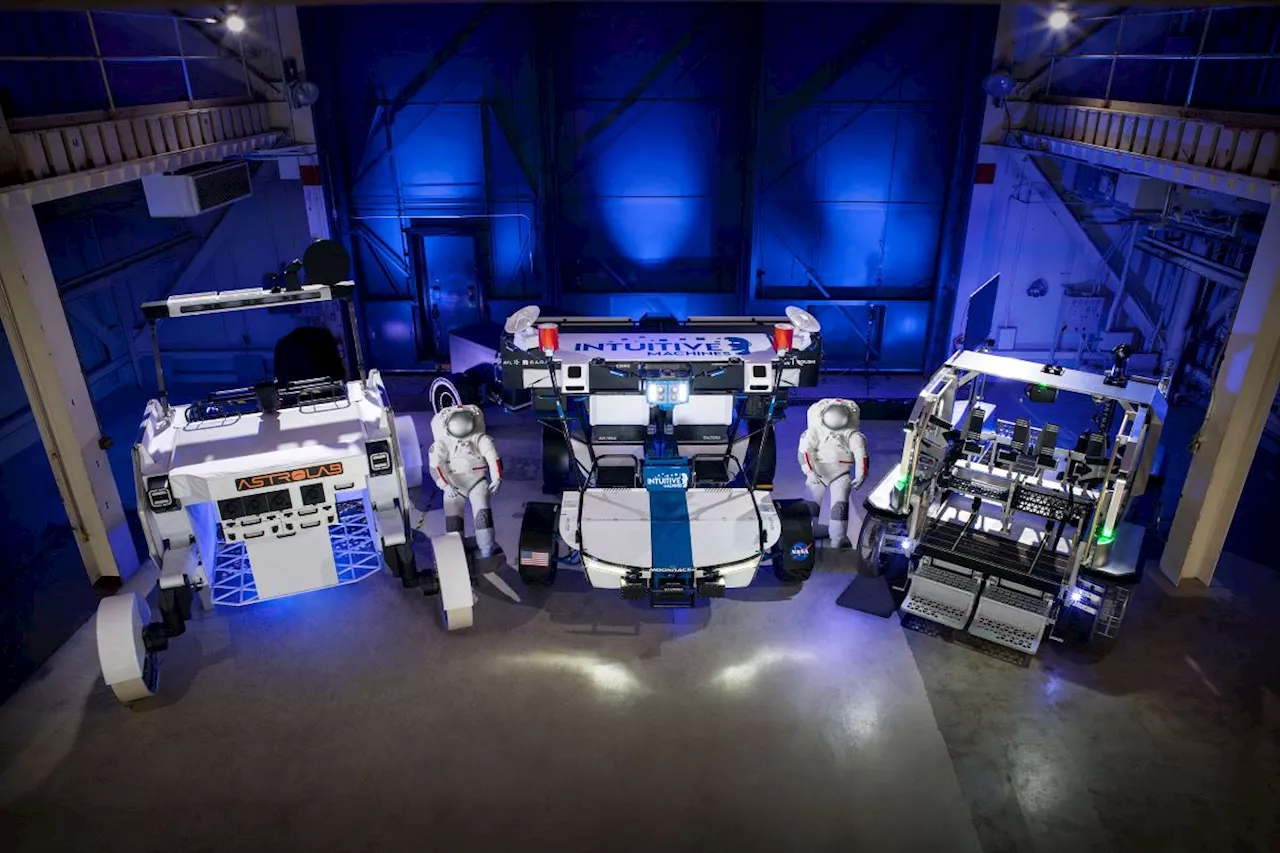 NASA Tests Lunar Terrain Vehicles for Artemis Moon MissionNASA successfully completed the first round of testing for three Lunar Terrain Vehicles (LTVs) designed to support the Artemis program's goal of returning humans to the moon by 2027.
NASA Tests Lunar Terrain Vehicles for Artemis Moon MissionNASA successfully completed the first round of testing for three Lunar Terrain Vehicles (LTVs) designed to support the Artemis program's goal of returning humans to the moon by 2027.
Read more »
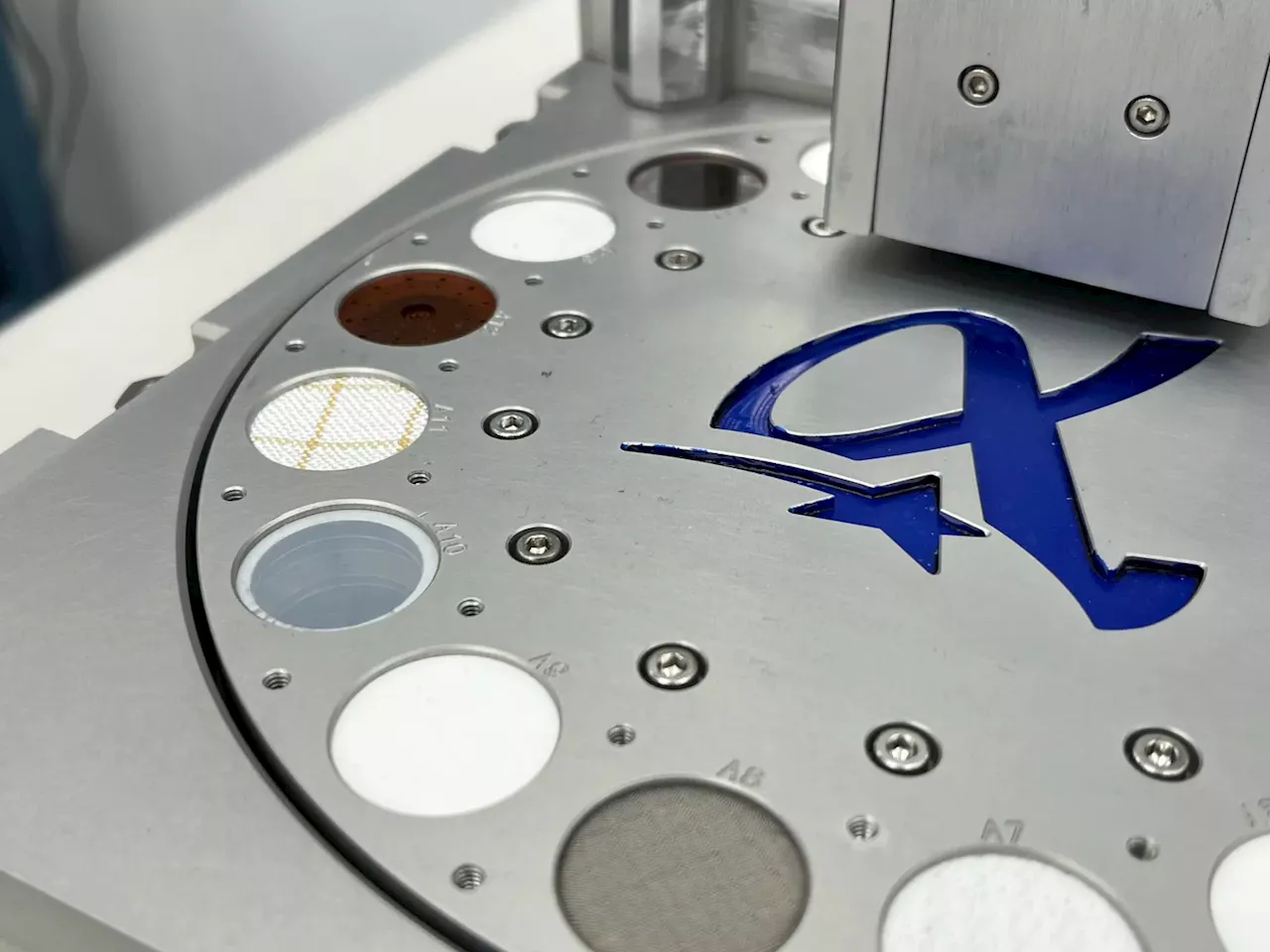 New Moon Mission to Study Lunar RegolithNASA's Commercial Lunar Payload Services (CLPS) is launching a new mission to study the lunar regolith, the fine dusty layer covering the Moon's surface. The Regolith Adherence Characterization (RAC) instrument will analyze how the regolith interacts with various materials. This research aims to understand the challenges posed by lunar dust to future space exploration and technology.
New Moon Mission to Study Lunar RegolithNASA's Commercial Lunar Payload Services (CLPS) is launching a new mission to study the lunar regolith, the fine dusty layer covering the Moon's surface. The Regolith Adherence Characterization (RAC) instrument will analyze how the regolith interacts with various materials. This research aims to understand the challenges posed by lunar dust to future space exploration and technology.
Read more »
